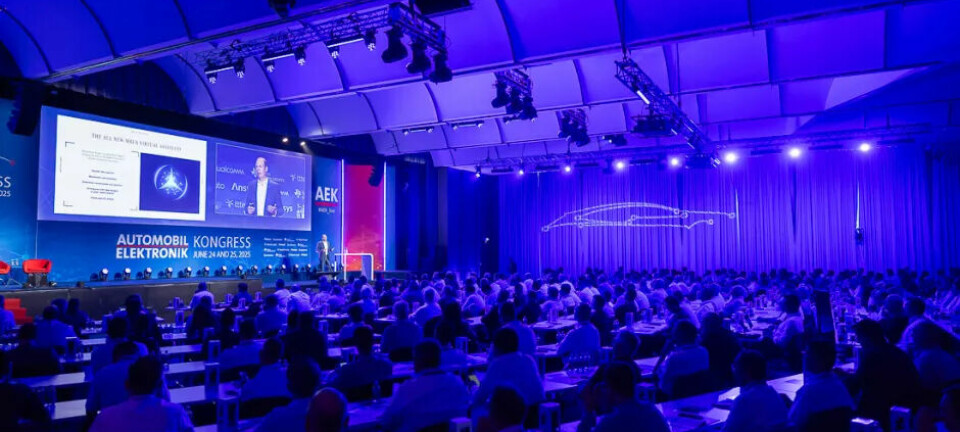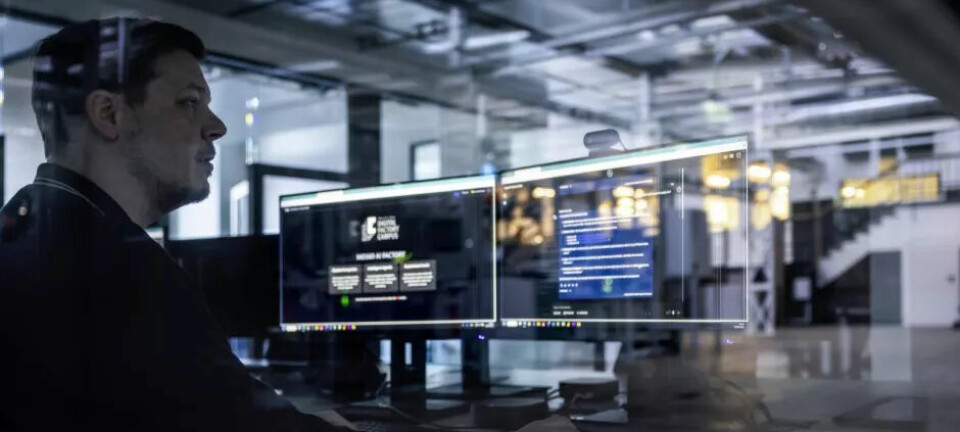Software Defined Vehicles
Software Crisis in the Automotive Industry
Why VW Fails with Cariad: Analysis and Learnings

Cariad was supposed to be VW's answer to Tesla – but instead a cumbersome colossus emerged. Philipp Raasch (The Autopreneur) provides deeper insights into the causes of the failure and shows what can be learned from it.
“I had 17 status meetings per week, everyone wanted to hear the same status, just on different slides.” – “We hired everyone who could carry a laptop.” – “We were allowed to develop software, but not make real decisions.” These damning quotes from insiders highlight the problems at Cariad starkly. Cariad, Volkswagen's answer to Tesla, was supposed to become an agile, lean software unit, but today the company exemplifies chaos and inefficient corporate structures. Philipp Raasch identifies seven central “birth defects” that have significantly shaped the failure. This failure manifests as follows:
An Overview of Cariad's Seven Birth Defects
According to Philipp Raasch, the seven serious mistakes are:
- Too rapid growth without clear structure.
- Lack of its own budget and no decision-making power.
- Taking over complex legacy projects instead of focusing on innovation.
- Lack of in-house software development expertise.
- Massive internal conflicts between the corporate brands.
- Executives with a traditional hardware and career mentality.
- A too comfortable and performance-hostile corporate culture.
We will analyze these mistakes in detail below:
Too rapid growth without structure
Let's start from the beginning: Cariad was launched in 2020 under the name car.software with ambitious plans from Herbert Diess. Since March 2021, it has been operating under the new name. But instead of sustainable development, the company grew to around 6,000 employees in a very short time, many of whom had no automotive experience. According to Raasch, an insider criticises: "We hired everyone who could carry a laptop." This rapid expansion led directly to organisational chaos. Many processes and responsibilities remained unclear, which further exacerbated the already difficult situation from the very beginning. "Maximally stupid," was how the implementation was described, even though the idea had its charm. According to the employees, it looked like this in detail: "I came to Cariad and didn't know what my task was. There was no role description. So I started building what I knew from the brand." And he was not alone: Audi people built Audi structures, Porsche people Porsche processes, and VW people their own systems. "Instead of a lean software company, a patchwork of small corporate copies emerged," says Raasch.
No own budget, no power for Cariad
Another fundamental mistake was that Cariad never received its own, independent budget. All financial resources came directly from the brands Audi, Porsche, and VW, which put Cariad in a difficult dependency from the start. "We were allowed to develop software, but not make real decisions," a frustrated employee reports. As a result, Cariad remained powerless and unable to determine its own strategic direction. Important decisions were repeatedly blocked or delayed, which massively slowed progress. The result was permanent inefficiency and a high level of internal frustration.
Taking on legacy burdens instead of focusing on innovation
Originally, Cariad was supposed to build the new future platform 2.0. But then things turned out differently: Cariad was also tasked with the legacy projects 1.1 and 1.2 from Audi and Porsche - systems that were already on the brink of collapse there. An employee sums it up: "We were supposed to build the future, instead we were constantly putting out fires." The technical reality was absurd: "The 1.2 had 200 different suppliers, the system was so overloaded that the majority of computing power was used up just for special requests." Communication between radars, cameras, and control units from numerous suppliers did not work. The original focus on innovation was completely lost. The result: constant crisis mode, no clear course, and hardly any room for real development.
Software company without its own developers
What appeared to be a software company was, in reality, a gathering place for project management. “I had test managers and project leaders, but not a single coder in the team,” reports an insider. In a functioning SDV organisation, it should be 70 percent.” Raasch describes Cariad as an “expensive pass-through heater” that only picked up software from the Tier-1 supplier and passed it on internally. The competence to develop was completely lacking, which made Cariad expensive, slow, and inefficient. In the end, they mainly managed the work of others instead of delivering themselves.
Cariad as a pawn in internal brand wars instead of synergies
We already mentioned the problem earlier: A power struggle raged between Audi, Porsche, and VW, blocking any efficiency. Each brand wanted to do its own thing, no one wanted to give up competencies. “Audi wanted this, Porsche that, VW something else again. We sometimes developed the same feature six times because each brand wanted a different flow,” describes an insider the absurd situation. Particularly drastic: Porsche developed its own platform for only 250,000 cars a year, just to differentiate itself from Audi or, in other words, “kindergarten level.” Raasch summarises: “Instead of using synergies, competition and duplication of work arose, which paralysed the entire project.”
Langenwalter also sees this as one of the central brakes on digitalisation and speed: As long as each business area defends its own turf, the idea of modern, agile development remains an illusion.
Wrong leaders from the old world
The top of Cariad consisted of classic corporate managers with a hardware focus; digitalisation was uncharted territory. Langenwalter puts it clearly: "You put the same people in the same hierarchies and expect a different result. That doesn't work." In practice, this manifested itself as follows: There were countless status meetings, PowerPoint orgies and endless coordination loops, but no quick technical decisions. Raasch: "The structures at VW promote people who are primarily interested in their careers. The product is secondary." Real digital transformation thus remained merely wishful thinking.
And here too, Langenwalter provides a fitting practical example from his consulting experience: Leaders who would actually be needed for technical transformation rarely end up in key positions and leave the company before anything moves.
Comfortable culture hampers competitiveness
On paper, Cariad was an attractive employer: no overtime, home office guarantee, above-average salary. "At Cariad, less than 40 hours are worked on average per year, Friday at 11 a.m. was the weekend," recalls an employee. However, for the battle with Tesla and the Chinese challengers, this was a real competitive disadvantage. Raasch sums it up with bitter humour: "That's not how you win a race against Asia." The feel-good culture was comfortable, but it promoted inertia and stood in the way of innovation and speed. As a reminder: In China, there is the 996 work system. That stands for working from 9:00 a.m. to 9:00 p.m. - 6 days a week.
What remains after the Cariad disaster?
For Raasch and Langenwalter, it's clear: To make the automotive industry future-proof, radical rethinking is necessary. Firstly: Clear structures and real responsibility instead of endless coordination and external control. Secondly: Focus on technical competence - fewer managers, more doers and developers. Thirdly: Have the courage to consistently break through old power structures and comfort zones.
In short: Transformation can only succeed if companies become leaner, faster, and more courageous. Those who continue to act as before will no longer have a place in the new automotive world.
This article was first published at all-electronics.de




